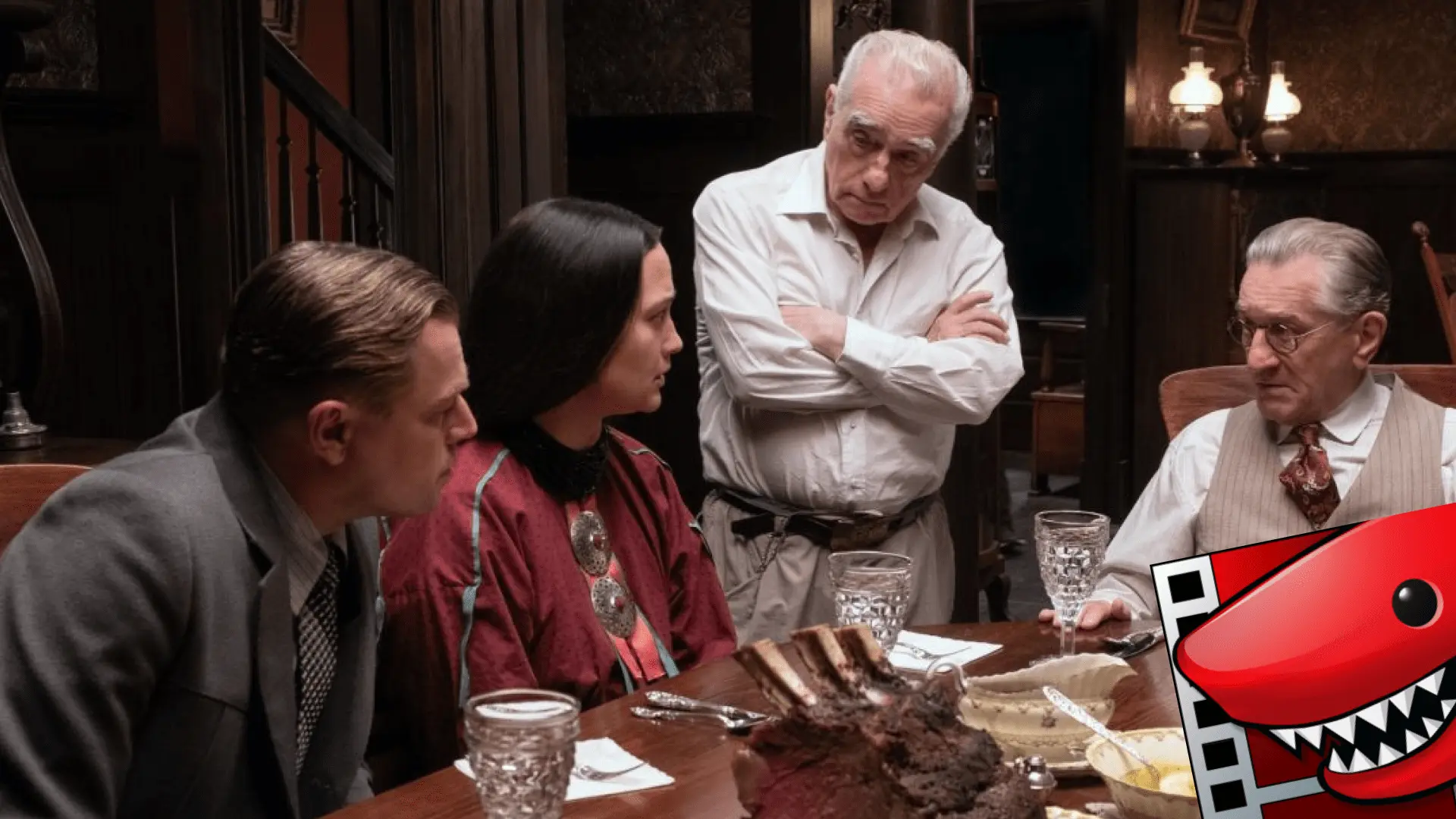
Get Video Editing Tips, Tricks, and Guides Straight to Your Inbox
Hey there, Chris Wells here, and I’m a video editor here at Lightworks. Today, I want to venture into the heart of Martin Scorsese's latest masterpiece, 'Killers of the Flower Moon', a mesmerising narrative edited to perfection with our very own Lightworks Video Editor.
The film was cut together by one of the all-time great editors, long-time Scorsese collaborator and overall Lightworks lover Thelma Schoonmaker! While I may not have the most unbiased perspective about the quality of the film given that I work for the software it's edited on, I can honestly say it’s not just a cinematic marvel but also a treasure trove of editing lessons waiting to be unravelled. So, let's dive in and dissect the artistry to unveil six editing lessons that can enhance your skill in the editing room.
The rhythmic power of 'Killers of the Flower Moon' lies in its impeccable pacing. Despite the epic length, the narrative gallops relentlessly, making every moment count. Each scene lingers just enough to serve its purpose before briskly making way for the next. Forget about lingering breaths and elongated pauses; here, it's all about the rhythmic dance of storytelling.
The bold choice to often let the horrific acts of violence unfold in a single shot, without a cut, is a riveting exercise in confrontational storytelling. It's not about cutting away but holding the gaze, forcing the audience to grapple with the terrible reality unfurling on screen. It lends a raw, unyielding tenor to the narrative, amplifying the horrific inhumanity of the perpetrators.
Who needs a montage when a single cut can traverse the sands of time? Scorsese's rare employment of montages makes room for seamless transitions that can span months. It's about the economy of storytelling, where dialogue and on-screen cues fill the temporal gaps, requiring ongoing engagement from the audience. Like the genius Andrew Stanton once said about effective storytelling, "Don't give them four; give them two plus two."
A well-placed hard cut is more than a transition; it's a narrative statement. Early on, a juxtaposition between the Osage people's perceived fortune and a harrowing scene of death forces the audience to pay attention to the reality of this film. It's a stark, powerful cut that shakes one to the core, setting a sombre tone for the unfolding tragedy.
The vintage intertitle-esque title cards are a quaint nod to the silent film era, seamlessly weaving the temporal setting into the narrative. It's an elegant touch to what could have been just text on screen, making the setting an active player in the storytelling.
Our journey through the narrative landscape of "Killers of the Flower Moon" is punctuated with a few snappy photo montages. A blend of authentic and crafted images of the Osage people weaves a rich tapestry of the era, bringing a slice of authenticity to the narrative. Photos extend beyond the realm of documentaries; they are narrative devices poised to add a layer of realism without always resorting to the Ken Burns effect.
Scorsese employs visual parallels at key moments to connect characters and events. For example, cross-cutting between opposed experiences of different characters creates ironic juxtapositions. Using matching shots or motifs across different scenes can help unify the narrative. Look for opportunities to use visual rhymes to highlight thematic links.
The interplay between sound and image is Used expertly in "Killers of the Flower Moon" to pace scenes and guide editing choices. Allow the rhythm and emotion of the soundtrack to shape your cutting. Favour audio transitions over visual ones when possible. Anticipate sound before the picture changes to smooth out cuts. Think of edits musically to enhance flow.
Scorsese’s mission was not only to give this powerful try story justice but to challenge people’s complicity in such acts of inhumanity, and nothing confronts the audience harder in this film than in its editing.
Editing is as much an art as a science, and learning from other films is much like a treasure hunt, with each one hiding gems of wisdom waiting to be discovered. And 'Killers of the Flower Moon' is a veritable goldmine for those willing to delve deep.
If you're ready to traverse the editing landscape and create your own 'Killers of the Flower Moon'? Your adventure begins with a click. Start using Lightworks for free today, and see how applying these lessons can elevate your storytelling in the edit.
.png?width=1920&height=1080&name=KotFM%20Lightworks-min%20(1).png)